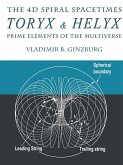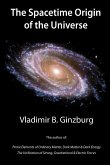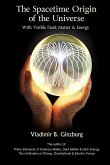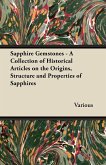According to the title of this book, the toryx is a four-dimensional (4D) spiral spacetime. It means its properties are described by three space plus one time parameters. Part 1 of this book presents properties of toryces in abstract mathematical terms. Part 2 shows several applications of toryces for mathematical modeling of properties of entities of both micro- and macro-worlds. This book further confirms a main proposition of the author's Universal Space Theory (UST) that the toryx has all attributes required to be a prime element of nature.
Hinweis: Dieser Artikel kann nur an eine deutsche Lieferadresse ausgeliefert werden.
Hinweis: Dieser Artikel kann nur an eine deutsche Lieferadresse ausgeliefert werden.








